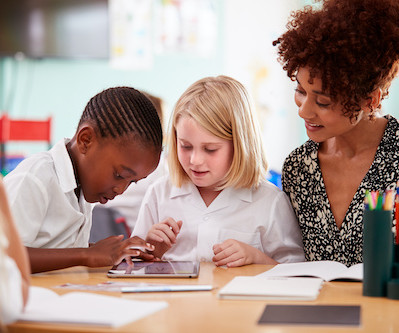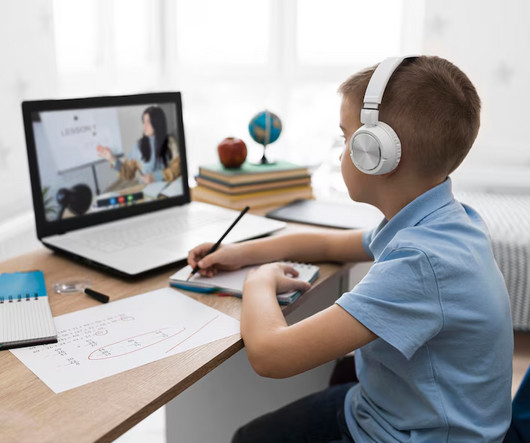Reimagining the Flipped Classroom: Integrating AI, Microlearning, and Learning Analytics to Elevate Student Engagement and Critical Thinking
Faculty Focus
JULY 1, 2025
Instead of overwhelming students with lengthy video lectures or dense readings, microlearning delivers short, focused modules that concentrate on single learning objectives. These modules are ideal for students who are accustomed to fast-paced digital environments and may have limited attention spans.
















Let's personalize your content